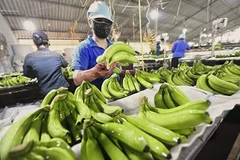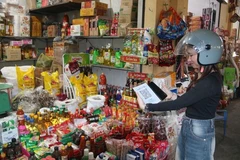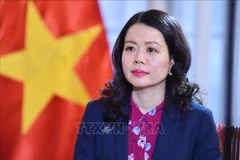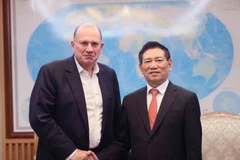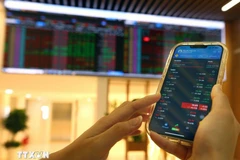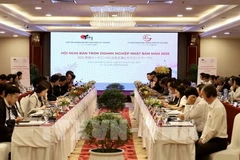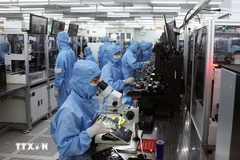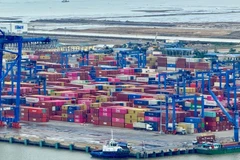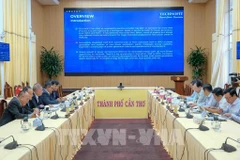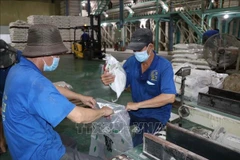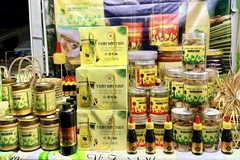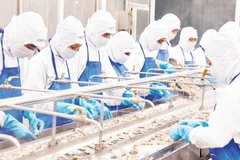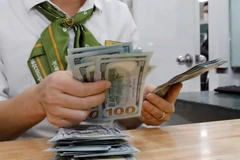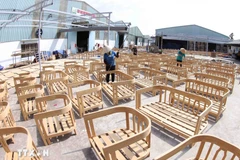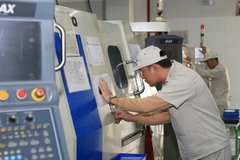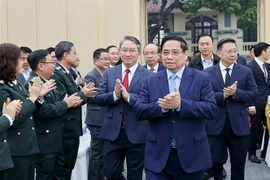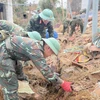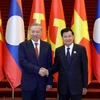Of the figure, 94.1 percent was generatedthrough exports to African markets, forecasting a strong recovery after arecent downturn in the market.
Vietnamese rice shipped to African markets has seen strong growth since 2011.
In 2013, the country exported 2 million tonnes of rice to Africa,accounting for nearly 30 percent of Vietnam’s total volume of rice soldin foreign markets. Africa became Vietnam’s second largest rice importerthat year, after China.
However, the country’srice export turnover to Africa in 2014 reached only 452.7 million USDdue to decreased demand in the market. Vietnamese rice firms also facedcompetition from companies in Thailand, India and Pakistan.
Tosupport Vietnamese rice exporters, the Ministry of Industry and Trade’sDepartment of Africa, West Asia and South Asia Markets is outlining arice export plan to African markets.
As stipulated, promotion activities will be intensified to help rice exporters’ access to new markets.
Theministry advised Vietnamese exporters to provide high-quality riceproducts besides traditional rice, given their increasing demand inAfrica, to fully tap the potential of the continent’s markets.
Africais now the largest rice consumer in the world with an annual demand ofover 9 million tonnes of rice, almost 6.5 million tonnes of which isimported.-VNA
